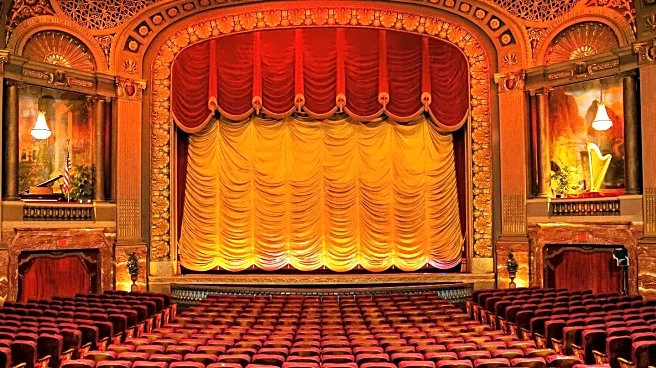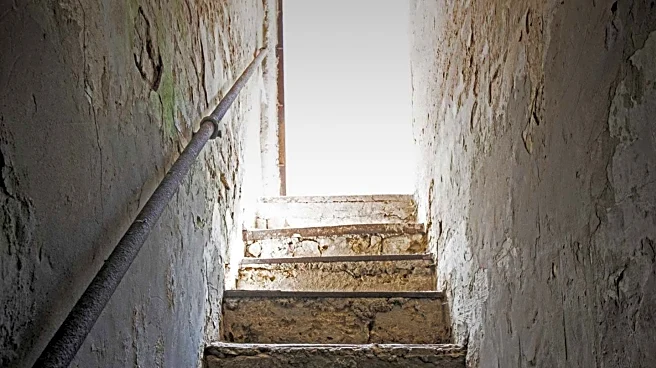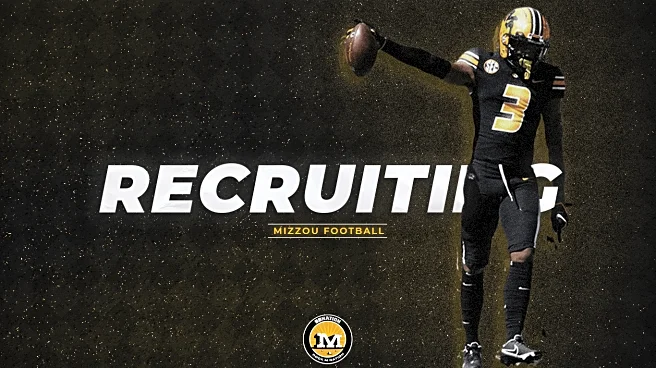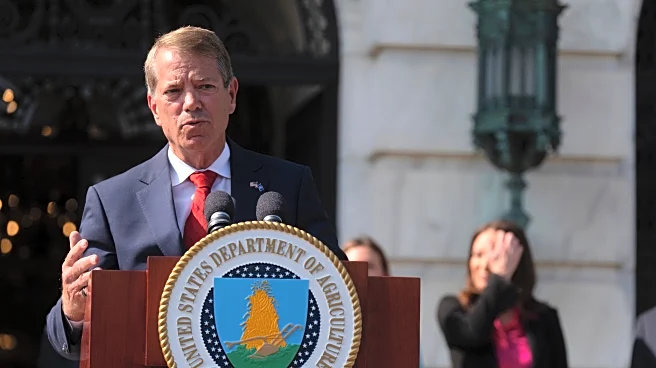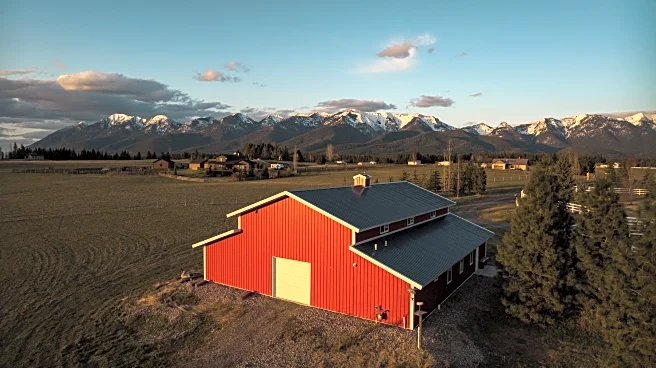What's Happening?
The Missouri Theatre in Columbia, Missouri, is renowned not only for its architectural grandeur but also for its haunted reputation. Built in 1928 and inspired by the Opéra Garnier in Paris, the theater
is a historic movie palace that has become a favorite among locals and visitors alike. The theater is part of the University of Missouri and is known for hosting events such as the True/False Film Festival. Rumors suggest that the theater is haunted by the ghost of an opera singer named Carlotta, among other spirits. Visitors have reported hearing unexplained noises, footsteps, and seeing curtains move without reason, adding to the theater's mystique.
Why It's Important?
The Missouri Theatre's haunted reputation adds a unique cultural and historical dimension to Columbia, Missouri. It attracts tourists and ghost enthusiasts, contributing to the local economy and cultural tourism. The theater's association with ghost stories enhances its allure, making it a point of interest for those fascinated by the paranormal. This reputation also supports the preservation of historic sites, as the intrigue surrounding such locations often leads to increased public interest and funding for maintenance and restoration efforts.
What's Next?
As interest in haunted locations continues to grow, the Missouri Theatre may see an increase in visitors, particularly during events like the True/False Film Festival. The theater's management might consider leveraging its haunted reputation in marketing strategies to attract more tourists. Additionally, local historians and paranormal researchers may conduct further investigations to document and understand the theater's ghostly phenomena, potentially leading to new insights and stories that could be shared with the public.
Beyond the Headlines
The fascination with haunted theaters like the Missouri Theatre reflects broader cultural interests in the supernatural and the afterlife. Such locations often become cultural landmarks, preserving not only architectural history but also the folklore and stories that surround them. This phenomenon highlights the intersection of history, culture, and entertainment, where ghost stories become a part of the narrative that keeps historic sites relevant and engaging for new generations.
